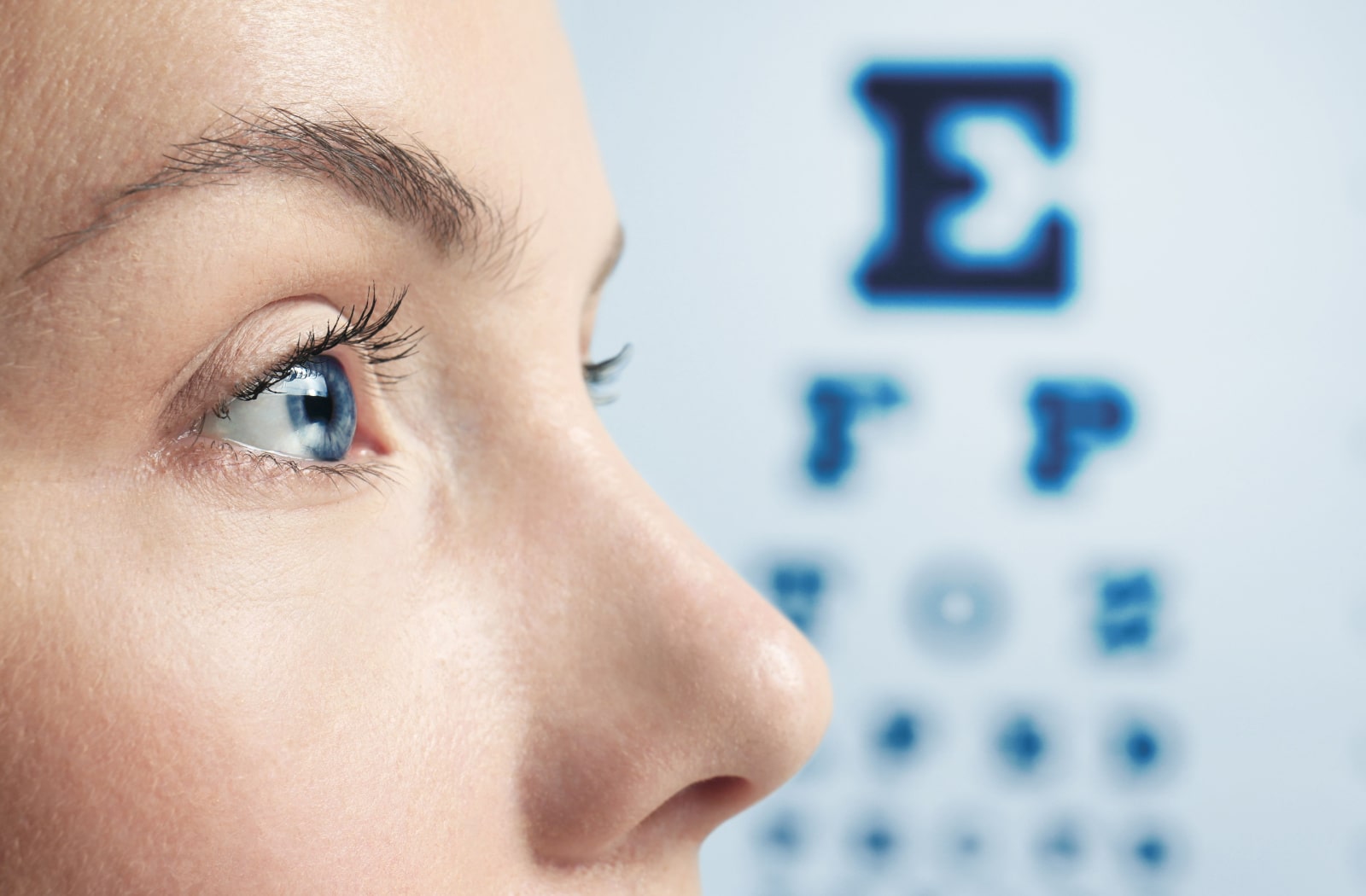All Categories
Featured
Table of Contents

The realm of vision modification is rapidly developing, driven by groundbreaking technological developments that are reshaping just how we perceive and deal with eye health and wellness. From laser surgeries to cutting-edge eyewear, the alternatives offered today are not just much more efficient yet also accommodate the one-of-a-kind requirements of each person. In this blog, we will certainly check out exactly how modern technology is enhancing vision correction alternatives, bring about boosted patient outcomes and satisfaction.
1. Laser Modern Technology Innovations.
At the center of vision adjustment technology are sophisticated laser procedures like LASIK and PRK. These methods have been reinvented by the introduction of femtosecond lasers, which produce controlled and specific cuts in the cornea, decreasing pain and improving recovery time.The most recent advancements, such as topography-guided LASIK, enable a customized therapy strategy that makes up the special curvature of an individual's cornea. This level of personalization not only boosts the precision of the procedure but likewise minimizes the threat of complications, causing clearer vision post-surgery.
2. Smart Call Lenses.
The advancement of smart call lenses stands for a considerable jump in vision improvement innovation. These lenses can keep track of different health criteria, such as sugar levels in diabetics or intraocular stress for glaucoma patients.By incorporating sensing units right into the lens style, makers are creating a product that goes past vision modification, providing beneficial health details in real-time. As research study in this area proceeds, wise call lenses can possibly transform how we handle eye health and wellness and problems connected to vision.
3. Advanced Intraocular Lenses (IOLs)
For individuals undergoing cataract surgical procedure or looking for remedies for presbyopia, progressed intraocular lenses have become a game-changer. Today's toric and multifocal IOLs are developed to supply clear vision at multiple distances, decreasing reliance on glasses for day-to-day tasks.New innovations permit the modification of IOLs based on individual lifestyles and visual demands. Accommodating IOLs can change their emphasis based on the eye's placement, offering a more all-natural visual experience. These innovations make sure that individuals delight in better visual outcomes after surgical procedure, enhancing their lifestyle.
4. Telemedicine and Remote Surveillance.
The COVID-19 pandemic increased the fostering of telemedicine, and this fad has actually extended into eye care. Patients can now talk to eye care specialists from the convenience of their homes, talking about signs and symptoms and treatment alternatives without the demand for in-person brows through.Remote monitoring devices that attach to mobile phones or tablet computers enable patients to track their eye wellness and vision adjustments with time. This information can be shown doctor, guaranteeing prompt treatments and individualized treatment plans. The comfort and ease of access of telemedicine are especially valuable for individuals with movement difficulties or those staying in backwoods.
5. Expert System in Eye Care.
Man-made knowledge (AI) is significantly ending up being an indispensable component of eye care. AI algorithms are utilized to analyze big sets of data, enabling early detection of problems like diabetic person retinopathy and macular degeneration via retinal imaging.AI can assist eye treatment experts by highlighting irregularities that may require further investigation, improving diagnostic precision and performance. By streamlining the analysis process, AI not only enhances client treatment but additionally allows for even more timely treatment interventions.
6. Customized Eyeglasses Solutions.
The rise of tailored glasses has changed how people approach vision correction. Advanced 3D printing innovations allow the creation of personalized frames and lenses tailored to a patient's unique facial framework and vision needs.In enhancement to aesthetic advantages, individualized eyeglasses improves convenience and effectiveness. Patients can now pick from various lens alternatives, including blue light stopping, photochromic, and high-index lenses, guaranteeing they discover the best remedy for their way of life and visual preferences.
Final thought.
Innovation is substantially changing vision correction alternatives, leading to far better outcomes and enhanced satisfaction for clients. As these technologies continue to develop, clients can expect a more tailored and effective approach to vision modification, eventually improving their top quality of life.Latest Posts
Discover Relaxation at the Claridge Indoor Pool
Published Feb 11, 25
1 min read
Discover Leisure at the Claridge Indoor Pool
Published Feb 06, 25
1 min read
Top Reasons to Choose Ornamental Iron Fencing for Strength and Beauty
Published Feb 04, 25
2 min read